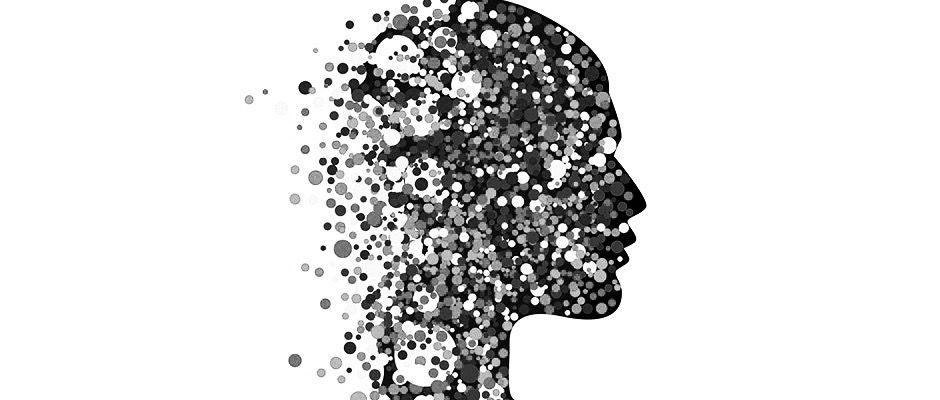
Thankfully there is more focus on mental health in organisations, with mental health champions and increased pastoral care. These are great and long overdue, but speaking as someone who is autistic I see a major issues with the approaches to this I have encountered - most support happens once a person is already struggling; there is very little premptive action taken to prevent people suffering in the first place.
To illustrate this, I will draw from my own experience. I am Autistic and have battled my way through organisations for 30 years. Don’t get me wrong, organisations are generally much better than they were; just the fact that I can say that I am autistic and talk openly about it at work, are big steps forward in my view. While I think most autistic people expend a huge amount of energy masking their natural traits to fit in to a neuro-typical world, not having to hid yourself is a big plus.
That said, organisations have a way to go, and for me the big two are:
Autistic people can be very sensitive to the physical world, getting quickly overwhelmed by stimulation which can be distressing and tiring. Most offices have moved over to open plan, and some have ‘Googlefied’ their physical space with phone boxes, bean bags and meeting rooms made from old buses and ski-lift gondolas. This is all very boogie, but has some issues for Autistic people:
The equipment being used can also cause some issues. From my experience in IT and consultancy these include:
This is where I think the problems really are. Companies are determinedly recruiting diverse work forces, mainly at the lower ranks as that is where the largest levels of recruitment take place. The new employees now start their way up the corporate ladder, however the ladder has been designed for neuro-typicals. Progress starts based on technical skills, but then starts relying on networking, management, and sales. In most companies, the number of roles available reduces the higher up an employee goes, therefore the diversity of skills needed reduces, and tend towards ones that are not well represented among autistics. For all the noise and announcements about diversity, career paths tend not to be diverse and mean that the number of options diminishes.
What is the point of expending all the effort in diverse recruiting and pastoral care, just to see people leave when they get to a certain level and realise their skills are not valued?
Obviously I am biased, but in a business world where companies are continually looking to differentiate themselves from their competition, having people who literally think differently can be a huge advantage.
Some of well known people who are suspected of being autistic are:
That’s not bad company! While there may be social awkwardness, there is also a lot of creativity and new ideas. One theory is that autistics store and retrieve information differently from neuro-typicals, while this can lead to absent mindedness, it can also lead to the collision of ideas and concepts in new ways.
To tap into this mine of ideas, organisations need to provide alternate routes of progression that recognise and cater for those traits.
Whether you have a mental health initiative and are trying to become more diverse as an business or not, people within your organisation will be struggling. It is estimated about 1 in 60 people are autistic, and that is just one form of neuro-diversity, there are many others.
Setting up a ‘one fits all’ organisation environment and career structure may be cost effective, but could be organisationally fatal. Companies need this diversity of thought, especially in uncertain times, and we don’t get more uncertain than now.